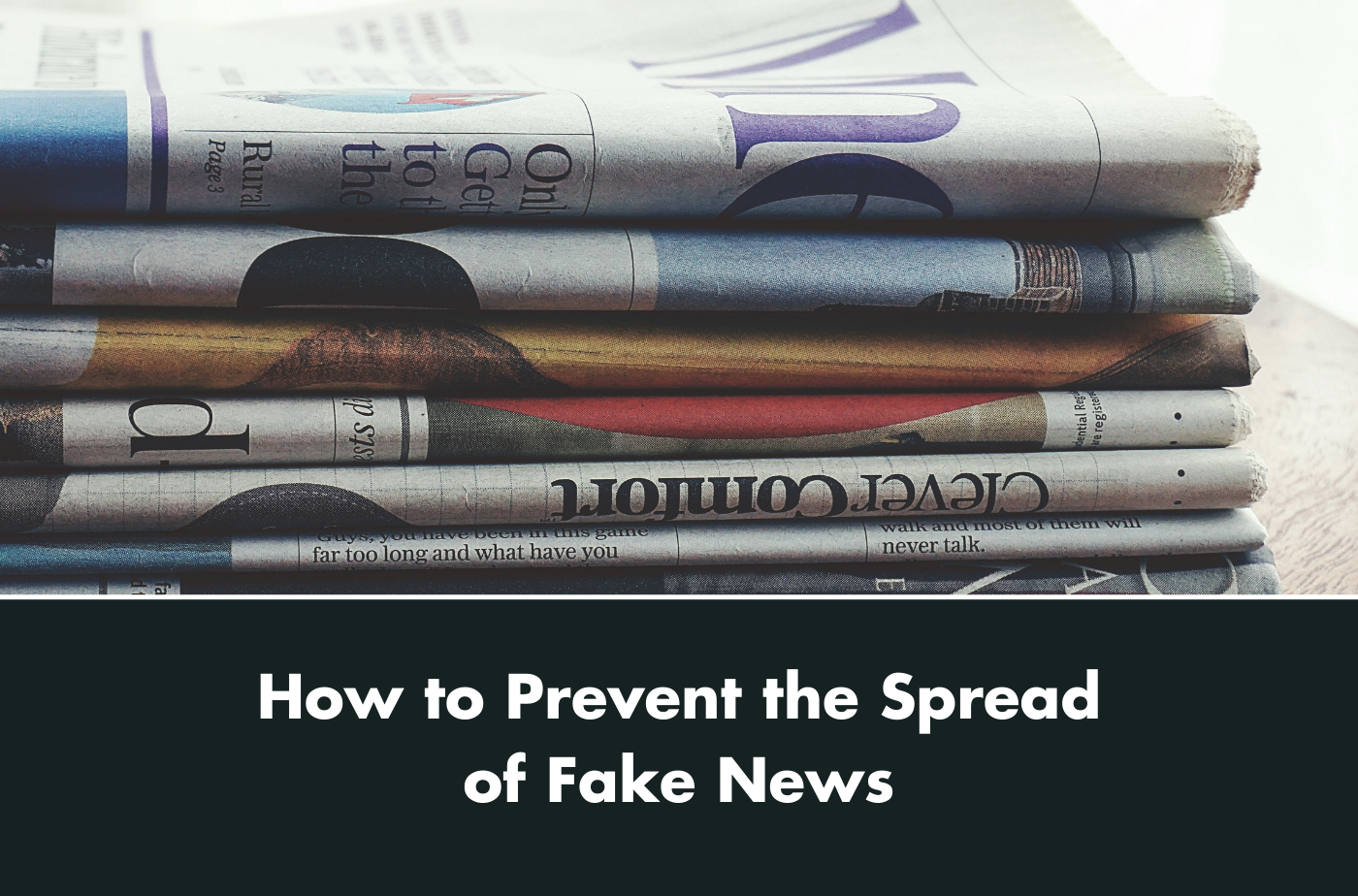Fake news isn’t a buzzword—it’s a real problem that’s reshaping the digital landscape. Misleading headlines and false stories continue to disrupt trust in media and create challenges for marketers, brands, and everyday users alike.
At Zozimus, we understand that in today’s fast-paced digital world, credibility is everything. That’s why we’re breaking down what fake news is, why it thrives, and how you can protect yourself and your audience.
What Is Fake News, and Why Does It Matter?
Fake news refers to content deliberately crafted to mislead, confuse, or provoke. It’s not just about blatant lies—it’s often subtle misinformation disguised as credible reporting. The motivations behind fake news range from financial gain through ad revenue to advancing political agendas. Regardless of the intent, the impact is the same: it undermines trust and perpetuates confusion.
Social media platforms are particularly fertile ground for fake news. Misleading content often mimics legitimate articles, with click-worthy headlines and polished layouts that look just like trusted news outlets. Compounding the issue, algorithms amplify these stories, and people tend to trust content shared by friends or family. It’s a recipe for viral misinformation.
How Social Media Fuels Fake News
Facebook, Instagram, and X (formerly Twitter) remain hotbeds for fake news, despite platform efforts to crack down. The challenge lies in how content is presented. For example, a misleading post from a dubious site might sit right next to a legitimate article from The New York Times, looking nearly identical. This visual parity tricks users into trusting unverified sources.
Studies show that fake news spreads faster than accurate stories, often because the headlines are designed to evoke emotional responses—outrage, shock, or curiosity. And once it’s shared, it’s hard to undo the damage.
Tools and Strategies to Combat Fake News
At Zozimus, we believe education and technology go hand-in-hand in solving the fake news crisis. Here’s how you can stay one step ahead:
1. Leverage Fact-Checking Tools
Use browser extensions like NewsGuard to assess the reliability of news sources. These tools provide real-time ratings and warnings for questionable sites, so you know what you’re clicking before you click it.
2. Trust (but Verify) Social Media Flags
Platforms like Facebook and Instagram now label potentially misleading content. Meta’s AI-powered systems, combined with independent fact-checking partnerships, aim to reduce the visibility of fake news. While these labels are helpful, always cross-check stories with credible sources.
3. Stay Media Literate
Media literacy is key. Look beyond the headline—read the full article, check the publication’s credibility, and confirm the information with other reputable outlets. Resources like Media Literacy Now are excellent for building these skills.
4. Report and Educate
Most platforms allow you to report fake news. Taking this small action can help algorithms learn what content to suppress. Share your knowledge with friends and family, especially older generations, who are statistically more likely to share misinformation.
The Role of Search Engines in Fighting Fake News
Fake news isn’t just a social media problem—it impacts search engines too. Google, for example, continually updates its algorithms to prioritize credible, authoritative content. Its focus on E-E-A-T (Experience, Expertise, Authoritativeness, Trustworthiness) ensures higher visibility for trustworthy sites while penalizing low-quality, misleading ones.
In addition, Google and other platforms have banned fake news sites from using ad services, cutting off a critical revenue stream. This is a game-changer for reducing the profitability of misinformation.
How You Can Make a Difference
Every share, click, and like plays a role in shaping the digital ecosystem. Here’s how you can contribute to a more trustworthy online space:
- Think Before Sharing: Before hitting “share,” take a moment to verify the source and story.
- Educate Your Audience: Whether you’re a marketer or an individual, use your platform to raise awareness about fake news and the tools available to combat it.
- Create Trustworthy Content: If you’re a brand, focus on transparency and accuracy in your messaging. In a world rife with misinformation, credibility is your most valuable asset.
The Zozimus Takeaway: Credibility Wins
At Zozimus, we know that trust is non-negotiable in digital marketing. Fake news poses a challenge, but it also presents an opportunity—for brands, platforms, and individuals—to lead with integrity and foster informed communities.
By staying vigilant, using the right tools, and prioritizing accurate content, you can navigate the digital landscape with confidence. Because in a world of noise, truth and trust will always stand out.
BOSTON, MARS



